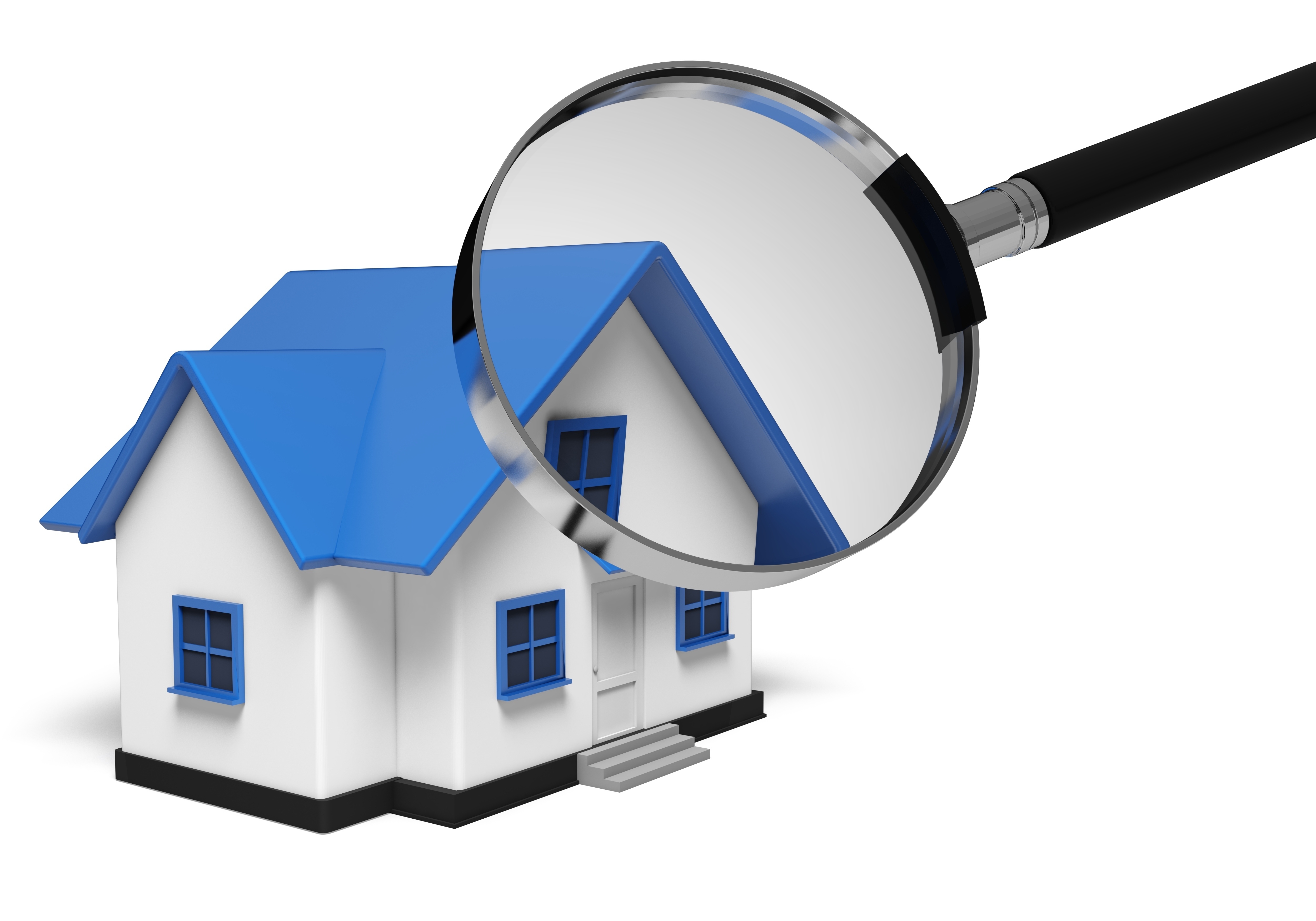
What Are the Components of an Appraisal?Getting real estate is the largest financial decision most of us could ever encounter. It doesn't matter if a primary residence, a second vacation home or a rental fixer upper, the purchase of real property is a detailed transaction that requires multiple parties to make it all happen. You're probably familiar with the parties taking part in the transaction. The most known entity in the exchange is the real estate agent. Next, the mortgage company provides the financial capital needed to bankroll the exchange. And ensuring all aspects of the exchange are completed and that a clear title passes from the seller to the purchaser is the title company. So, who makes sure the real estate is worth the purchase price? In comes the appraiser. We provide an unbiased estimate of what a buyer might expect to pay — or a seller receive — for a property, where both buyer and seller are informed parties. A licensed, certified, professional appraiser from USAappraisers will ensure, you as an interested party, are informed. Appraisals start with the home inspectionTo ascertain the true status of the property, it's our responsibility to first perform a thorough inspection. We must physically view aspects of the property, such as the number of bedrooms and bathrooms, the location, living areas, etc, to ensure they really exist and are in the shape a reasonable buyer would expect them to be. To ensure the stated size of the property is accurate and document the layout of the house, the inspection often requires creating a sketch of the floorplan. Most importantly, the appraiser looks for any obvious amenities - or defects - that would have an impact on the value of the property. Back at the office, an appraiser uses two or three approaches to determining the value of the property: a paired sales analysis, a replacement cost calculation, and an income approach when rental properties are prevalent. 
Cost ApproachHere, the appraiser pulls information on local construction costs, the cost of labor and other elements to figure out how much it would cost to construct a property nearly identical to the one being appraised. This figure commonly sets the maximum on what a property would sell for. The cost approach is also the least used predictor of value. 
Paired Sales AnalysisAppraisers get to know the neighborhoods in which they work. They innately understand the value of specific features to the homeowners of that area. Then, the appraiser researches recent transactions in close proximity to the subject and finds properties which are 'comparable' to the real estate being appraised. By assigning a dollar value to certain items such as remodeled rooms, types of flooring, energy efficient items, patios and porches, or additional storage space, we adjust the comparable properties so that they more accurately portray the features of subject.
After all differences have been accounted for, the appraiser reconciles the adjusted sales prices of all the comps and then derives an opinion of what the subject could sell for. At USAappraisers, we are experts when it comes to knowing the value of real estate features in Taylorsville and Salt Lake County neighborhoods. This approach to value is commonly awarded the most weight when an appraisal is for a real estate purchase. Valuation Using the Income ApproachA third way of valuing real estate is sometimes used when an area has a measurable number of rental properties. In this case, the amount of income the property generates is taken into consideration along with other rents in the area for comparable properties to give an indicator of the current value. ReconciliationAnalyzing the data from all approaches, the appraiser is then ready to stipulate an estimated market value for the property at hand. The estimate of value at the bottom of the appraisal report is not always what's being paid for the property even though it is likely the best indication of what a property is worth. Prices can always be driven up or down by extenuating circumstances like the motivation or urgency of a seller or 'bidding wars'. But the appraised value is typically employed as a guideline for lenders who don't want to loan a buyer more money than the property is actually worth. At the end of the day, an appraiser from USAappraisers will help you attain the most accurate property value, so you can make the most informed real estate decisions. |